Goal: To use Swift Package within Objective-C.
All I'm trying to do is to have a simple, rudimentary understanding of the correct syntax of access Swift vars & func() from ObjC.
This is the second part of questions about using Objective-C with a Swift package.
Here's my Swift Package file that I'm trying to access...
I'm concentrating on the Swift class access.
But I would also like to know how to access the struct.
import Foundation
public struct RicStruct {
public private(set) var text = "Hello, World!"
public init() {
}
public func sayHello() -> String {
"Hello Ric!"
}
}
public class RicClass: NSObject {
@objc public var msg = "Mother has a feeling, I might be too appealing."
@objc public let text = "Hello Everybody!"
public override init() {}
public func sayHello() {
print(text)
}
public func doSomething() {
print("Inside doSomething()")
}
}
This is the Objective-C parent attempting to access the Swift-Package vars & func:
Question: What's the proper syntax of accessing:
- the Swift class & struct functions,
- the Swift var/let?


